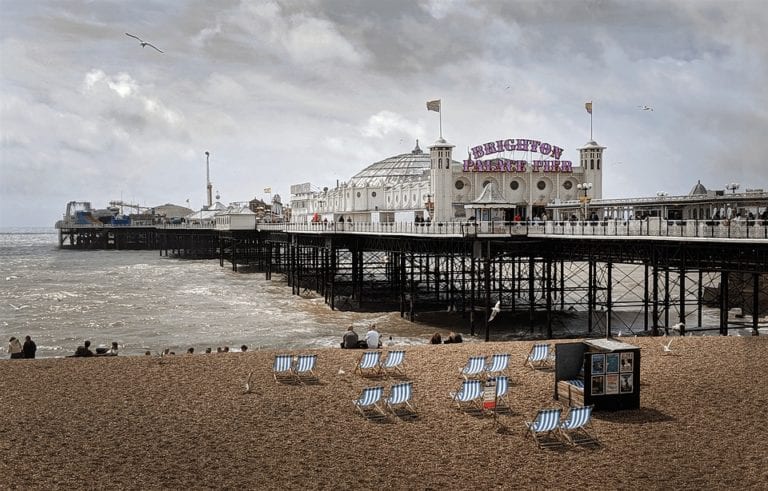More than 200 new EV chargepoints on lamp posts will be installed in Brighton and Hove over the next few months.
Electric Blue, who has installed similar infrastructure in St Albans, Coventry and Cambridge, has been appointed by the council to install and maintain the chargepoints.
The 207 new points will include 30 in areas with high parking demand, including areas where residents have no off-street parking available.
Most of the chargepoints will be installed on lamp posts and will provide a full charge for vehicles parked overnight. These will be installed by January 2020.
A mobile phone app showing the locations of all points in the city and whether they are in use, will be available to download.
Drivers will pay 28p per kilowatt-hour to charge their vehicles at the public points. The fees will go towards the operating and maintenance of the points. The council will receive 1p per kilowatt-hour in year one increasing to 4p per kilowatt-hour in year four.
The project is being funded with £300,000 from the Office of Low Emissions, and £100,000 from Electric Blue.
Electric Blue will also provide four rapid taxi charger hubs, after the council successfully bid for £468,000 of Office for Low Emissions Vehicles funding – equating to 75% of the total cost.
The remaining 25% (£117,000) will be covered by Electric Blue. The rapid charger hubs will include at least three charge points capable of charging taxis in less than 30 minutes.
Anne Pissaridou, chair of the environment, transport and sustainability committee, said: “Many drivers have told us that they would consider buying an electric vehicle, but have been deterred by the lack of street charging points.
“We hope that the introduction of these new lamp post chargers will make electric vehicles more attractive for motorists, and help us to continue our work to reduce pollution and improve air quality in the city.”
According to the Department for Transport’s UK-wide league table of EV chargepoint access, Brighton and Hove currently has 59 public chargepoints, which puts it in the top 20% of areas best served by public EV infrastructure.





